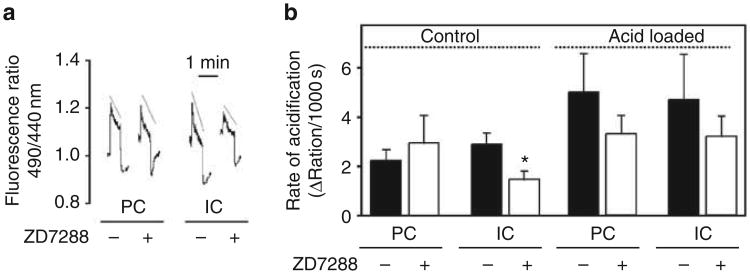Figure 7. (Ammonium) NH4+ uptake by subtype 2 of hyperpolarization-activated cyclic nucleotide-gated cationic non-selective (HCN2) channels in microperfused rat outer medullary collecting ducts (OMCDs).
(a) Effect of the HCN2 inhibitor ZD7288 (10 μM) on the response of OMCD principal (PC) and acid-secreting intercalated (IC) cells to an NH4Cl pulse. OMCDs were loaded with 15 μM of the acetoxymethyl ester of 2′7′-bis(-2-carboxyethyl)-5(and 6)-carboxyfluorescein (BCECF) (Supplementary Material online). The fluorescence ratio intensities (FIRs; 490/440 nm) were measured over time in individually identified cells in untreated and inhibitor-treated OMCDs. The mechanisms accounting for the three phases of the response (initial alkalinization, slow acidification, and then rapid acidification) are discussed in Supplementary Material online. The slopes of the slow acidification (measured over the initial 60 s and normalized to 1000 s) were calculated by exponential curve fitting of the fall in FIR from the peak value. (b) Sensitivity of basolateral NH4+ uptake into OMCD intercalated and principal cells to 10 μM ZD7288, an inhibitor of HCN2. In microperfused control rat OMCDs, ZD7288 led to a statistically significant reduction in the slope of acidification (over the first minute; presumably reflecting NH4+ entry across the basolateral membrane; *P<0.05) in acid-secreting intercalated but not principal cells. In OMCDs isolated from rats adapted to chronic acidosis, ZD7288 did not produce a significant effect.

